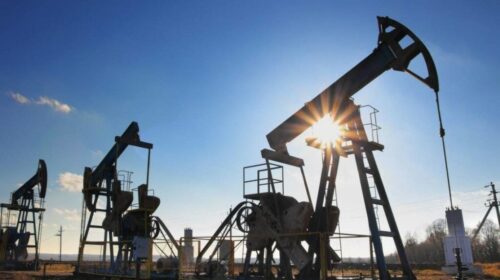Be it the retail fuels or the fuel for power generation; the petroleum crisis has been brewing. The populist moves are always at the core of such problems. One of them is the subsidy provided on petroleum prices by the (previous) government that had frozen petroleum prices. It happened when international crude oil prices went through the roof amid the Russia and Ukraine war. At the same time, recent figures for petroleum product sales by the oil marketing companies – released by the OCAC – show that demand for petroleum products remains strong. This means that imports are on the rise, the import bill is swelling, and foreign exchange reserves are going down. The (previous) government also cut back on the petroleum level and GST on petroleum products even when international crude oil prices started rising earlier this year.
On the other hand, the electricity prices we also subsidized. However, the situation in the power sector is also far from stable. Against the promises of zero load–shedding in Ramzan, the country has been facing power outages in many cities. Receivables of Pakistan State Oil (PSO) reached record levels, which threatens the availability of fuel for power generation – be it furnace oil or RLNG. Electricity demand is already high and will continue to rise in the upcoming hotter months, which will worsen the fuel situation. Already, there is a fuel shortage as all sources for power generation are reportedly being used as per the merit order.
The recent shortage in fuel for the power sector emerged primarily from the RLNG supply issue when Gunvor backed out of 4 LNG cargo deliveries for April-June to Pakistan. All this has shifted the burden of fuels to furnace oil, which is being consumed at maximum in the power sector despite being lower on the merit order. As a result, the furnace oil stocks with power plants are running low – creating a shortage to fulfill the rising demand.
Fuel shortage and liquidity issues in the power sector have kept circular debt unabated; subsidies on petrol and diesel amid high oil price scenarios and record depreciation of the currency are signs of a balance of payment crisis. Hard choices lie ahead for the new government on petroleum – among others.





